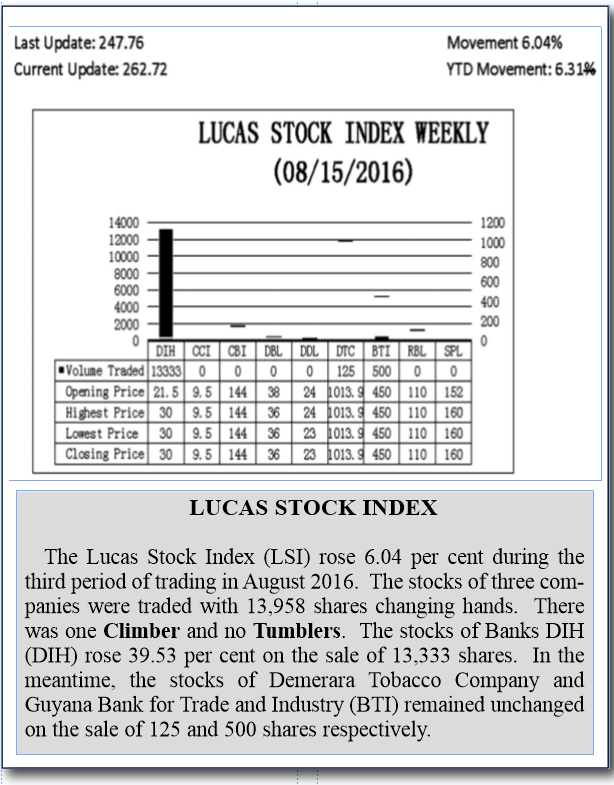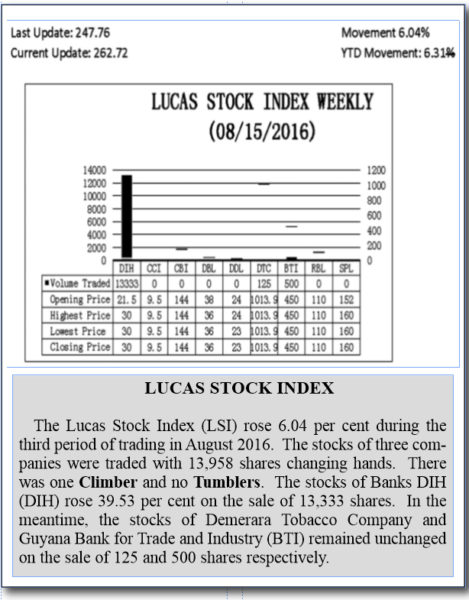Global economic system
The issue of global warming and sustainable development can no longer be a matter of passing interest. The international community is on a mission to ensure that the life-sustaining features of the earth are there for future generations. But to achieve its objective, it must bring the issue of global warming under control. The issue has been around for many years, but its significance has risen since it is connected to the way that the existing global economic system operates.
 Any consideration of global warming will bring one to the issue of climate change because climate change is the consequence of global warming. In essence, climate change refers to “a change in the pattern of weather, and related changes in oceans, land surfaces and ice sheets, occurring over time scales of decades or longer.” The implication that global warming has for the future of life on earth makes it something that everyone should care about, including what is causing it to happen. No country can claim to be ready for climate change and no one can say with any degree of certainty what readiness for climate change would look like. It is known though that global warming is caused by the emission of greenhouse gases into the atmosphere. This article is not intended to be a scientific discourse on the subject, but the nature and importance of the matter leaves this writer with no choice but to identify with some of the reported science.
Any consideration of global warming will bring one to the issue of climate change because climate change is the consequence of global warming. In essence, climate change refers to “a change in the pattern of weather, and related changes in oceans, land surfaces and ice sheets, occurring over time scales of decades or longer.” The implication that global warming has for the future of life on earth makes it something that everyone should care about, including what is causing it to happen. No country can claim to be ready for climate change and no one can say with any degree of certainty what readiness for climate change would look like. It is known though that global warming is caused by the emission of greenhouse gases into the atmosphere. This article is not intended to be a scientific discourse on the subject, but the nature and importance of the matter leaves this writer with no choice but to identify with some of the reported science.
Order of serious effects
The principal greenhouse gases of concern are carbon dioxide, methane, nitrous oxide, tropospheric ozone, CFC-12, HCFC-22 and sulphur hexafluoride. This writer cannot say that the order represents the order of serious effects that arise from the presence of these gases in the atmosphere. What is known is that carbon dioxide is something that we as humans do not want dominating our environment since it is not entirely good for us. However, carbon dioxide can remain thousands of years in the atmosphere and so can the fluorocarbons which can be there even longer. Thus, the control of global warming depends on the extent to which the release into the atmosphere of the aforementioned seven principal atmospheric pollutants can be controlled or eliminated.
Global warming and its connection to human activity can be seen from the sources of the greenhouse gases. One must enquire into the principal sources of each greenhouse gas mentioned above. The literature says that carbon dioxide emissions come from fossil-fuel combustion, land-use conversion and cement production. The methane gas comes from fossil fuels, rice paddies and waste dumps. Nitrous oxide is generated by fertilizers, industrial processes and combustion. Tropospheric ozone comes from fossil-fuel combustion, chemical solvents and industrial emissions. CFC-12 is caused by liquid coolants and the use of foam. HCFC-22 comes from coolants and sulphur hexafluoride comes from dielectric fluids. These gases warm the earth by absorbing energy and regulating the rate at which the energy escapes the earth’s atmosphere. Apparently, the severity of the various greenhouse gases depends on two things. One is the amount of energy that they absorb, that is their radiative efficiency, and the other is the rate at which they stay in the atmosphere, that is their atmospheric lifetime.
Climate feedback
This brings one to the issue of climate feedback which could be of two types, negative and positive. The concern is about the positive feedback because this seems to have a compounding effect on the warming of the earth’s atmosphere. It adds to global warming by creating further heating. One contributor to climate feedback is water vapour. As the earth gets warmer, it holds more moisture, which in turn causes the earth to hold more energy from the sun. This concern is linked to the behaviour of the ocean as well. It is understood that the melting of ice makes matters worse. Apparently ice reflects plenty heat back out of the atmosphere. In the absence of snow and ice, the earth is unable to retransmit as much energy as it should into space. The higher amounts of energy left in the atmosphere causes an increased amount of warming. Without a reversal of such actions and reactions, climate feedback from melting ice will make things worse. Then there is the inability of the earth to absorb carbon dioxide as forests disappear.
Intensified
Discussions about global warming have intensified in different countries across the globe and have become more frequent over the years as people learn more about it and its dangerous implications for life on earth. The scientists have made it clear that the threat from global warming is real. The international community took notice 24 years ago in Rio and ever since then began to mobilize support for action. With the passage of time and the acquisition of more knowledge about environmental problems, the calls for changes in economic behavior grew louder and more sustained since Rio. Countries are now being urged to change their production structure and to alter their consumption behavior.
Today, there are concerns about the ability of humans to sustain development and these concerns have gone beyond the scientific discoveries and debate at the intergovernmental level and have now entered boardrooms, Treasury Departments and Law offices. They have entered schools too and higher institutions of learning. In each location, people have been called upon to act responsibly and make a concerted effort to slow the pace at which the earth is warming. They have been asked to engage in sustainable development. The nexus between sustainable development and global warming makes it imperative that people understand the interrelationship between the two and their implications for personal development and continued wealth accumulation.
Conscious decisions
Sustainable development means creating as small a carbon footprint as possible while a country seeks to increase the wellbeing of its people by converting its natural wealth into liquidity and useable and income-generating forms of financial and physical assets. Economic development is not just about growing more plantains or exporting more rice. Nor is it about having more doctors or teachers. Sustainability of development adds the protection and responsible use of the environment to the economic and social responsibility of people. Consequently, sustainable development is about people making conscious decisions to alter the way in which they use what they may have learnt, the way in which they finance their purchases and the way in which they produce things. Investment then becomes an important element in the search for sustainable development.
Our ability to sustain development has to do with our economic and social behaviour. The international community has drawn attention to a number of things that should be done as a way of slowing the rate of global warming. One common idea revolves around the environmental disturbances that result from the use of natural resources such as minerals, fossil fuels, fisheries, forestry and water to create wealth and improve the lives of people. The consequence of inappropriate action is the release of uncontrollable amounts of carbon dioxide in the atmosphere which leads to atmospheric disturbances. Minerals and fossil fuels are subterranean substances which often lie below forested ground. The disturbance or destruction of the forest without replacing the lost trees leads to environmental degradation. Countries are being asked to heed these interlinkages.
Green economic thinking
Very often, when conversations about gross domestic product arise, the world is invariably divided into several parts namely low-income, lower middle-income, upper middle income and high income for identification and convenient analysis. Placement into one category or the other is determined principally by level of per capita GDP.
An economic contrast is often made between manufactures and primary commodities and whenever the ratio of manufactures to commodity significantly favours manufactures, countries are thought of as developed. But the countries which are better off could change if the international community adopts the system of environmental and economic accounting proposed by the United Nations (UN).
The UN has suggested that countries keep score of their net worth, that is, how much they are worth after depleting their natural resources to grow their income. For factor-driven countries where resources are not replenished, economic growth might not mean a bright economic future for future generations. This system of accounting gives countries a more realistic picture of what current behaviour means for future generations.
It is an accounting system that Guyana might want to begin using as part of its green economic thinking.






